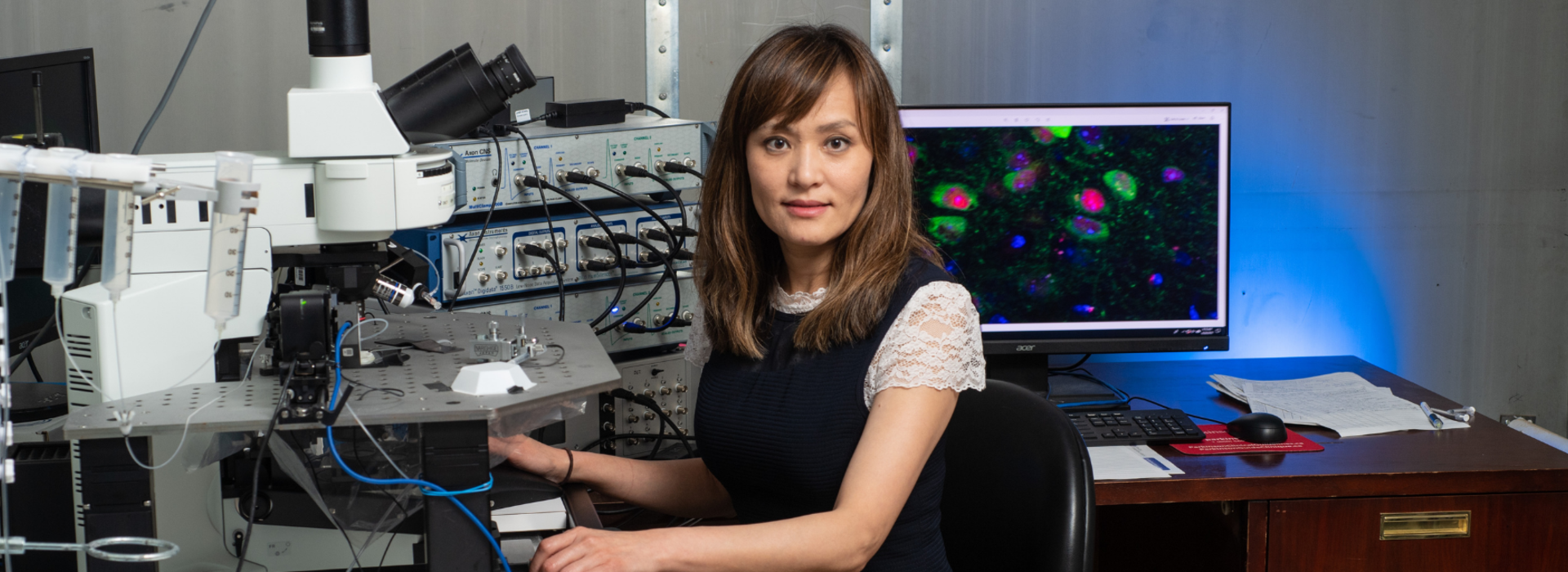
Neuroscience North
Neuroscience North Vision for the University of Minnesota
The vision of Neuroscience North is to facilitate research collaborations in the Duluth Area, including the University of Minnesota and healthcare systems. Neuroscience North will provide the framework for the University of Minnesota as a leader in neuroscience-based training, health care initiatives, education and scholarly research.

Neuroscience in the Duluth, MN Area
Neuroscience has been a major strength of research at the University of Minnesota, Duluth campus, and surrounding clinical and research entities. Between the research expertise of the principal investigators and the number of trainees (e.g. graduate students, post-docs) there is a substantial volume of investigators with experience in the Neurosciences.
The image on the right was taken by Owen Chao in the Yang Lab.
Neuroscience North has been proposed to provide a unifying interactive and administrative structure designed to foster collaboration and enhance recruitment of new researchers in the Neurosciences in the Duluth, MN area. Much of the research expertise from these investigators are unique to those identified in rural areas, this raises an opportunity for the Medical School and College of Pharmacy to address these issues and disseminate their knowledge to the broader scientific and clinical community.
The goals of this initiative are two-fold:
- Develop and define a cohort of Neuroscience researchers from the Duluth, MN area
- Utilize this relationship to build an extramurally funded trainee program
We are proposing several areas of investment including:
- Annual poster session and reception
- Semiannual mini-symposia and data blitzes
- Research support services including grant preparation and writing workshops
- Trainee development programming
The target audience of Neuroscience North would encompass researchers in the College of Pharmacy and Medical School on the Duluth campus in addition to other members of the UMD community and local clinicians.
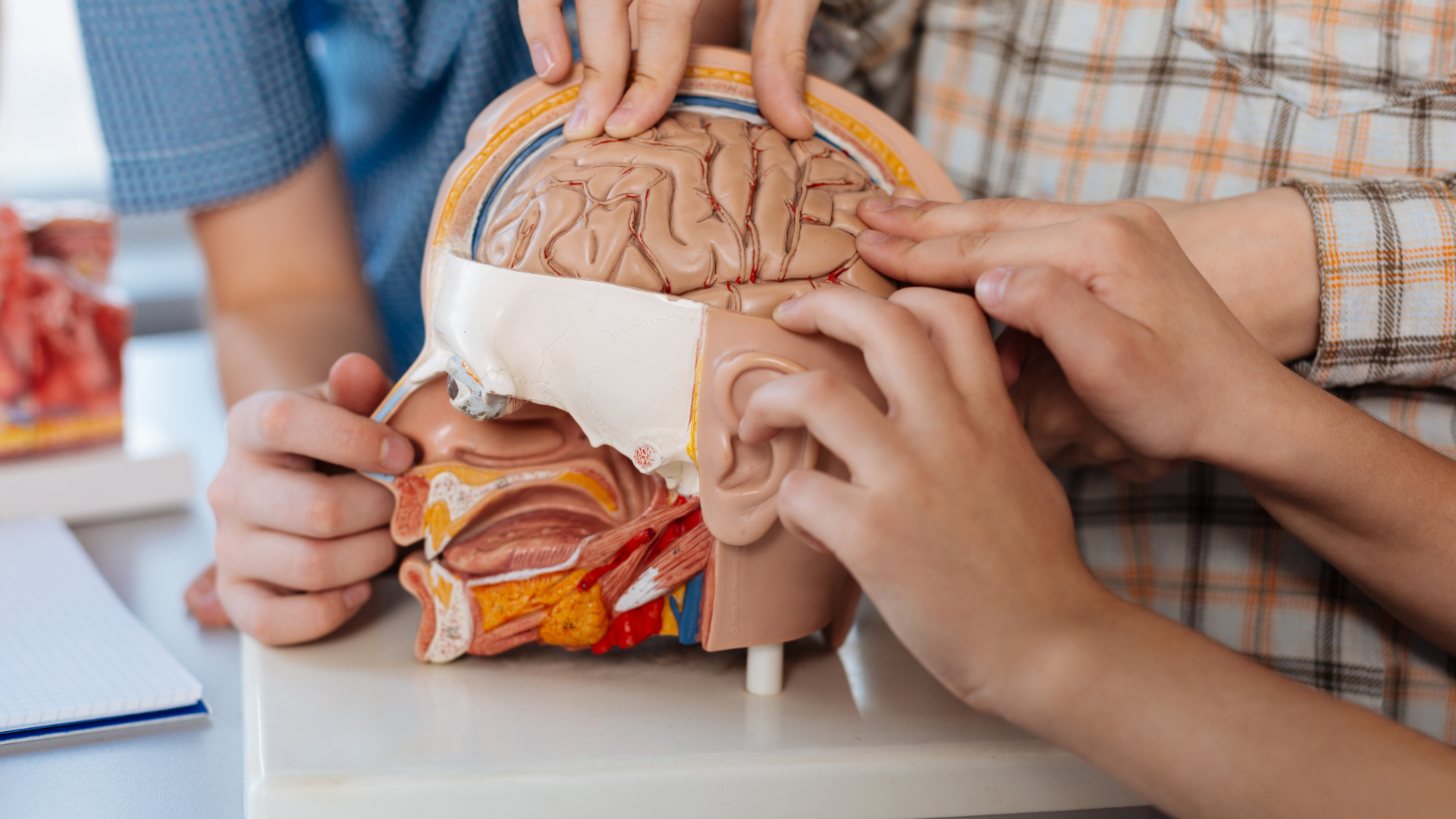
Community Engagement: Brain Awareness
Initiated in 1996 by the Dana Foundation and the Society for Neuroscience, the Brain Awareness campaign is an international program designed to promote a greater understanding of the brain and its functions, as well as increase public awareness of the benefits and promises of neuroscience research.
The focus of the Brain Awareness program has been arranging presentations in elementary schools throughout Greater Minnesota and Wisconsin with hands-on activities to promote a greater understanding of the brain and nervous system.
If you have questions regarding Brain Awareness or presentation scheduling, please contact, Dr. Janet Fitzakerley at (218) 726-7012 or jfitzake@d.umn.edu.
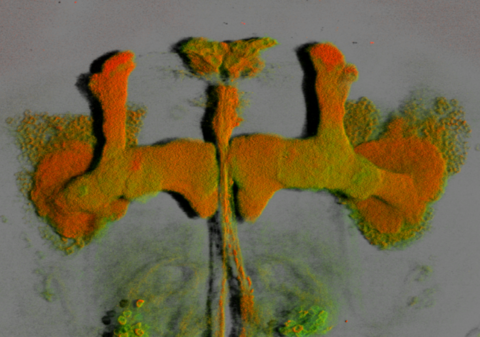
This picture comes from the Fernandez-Funez Lab. The mushroom bodies (MB) are the dorsal and medial projections of 2,500 neurons (Kenyon cells) in the back of the head. This nerve center plays a key role in olfactory memory and learning in Drosophila.
Our definition of neuroscience is broad
We incorporate not only basic neurobiology, but strive to go from bench to bedside. We focus on community-engaged research related to pathophysiology and neurological disorders.
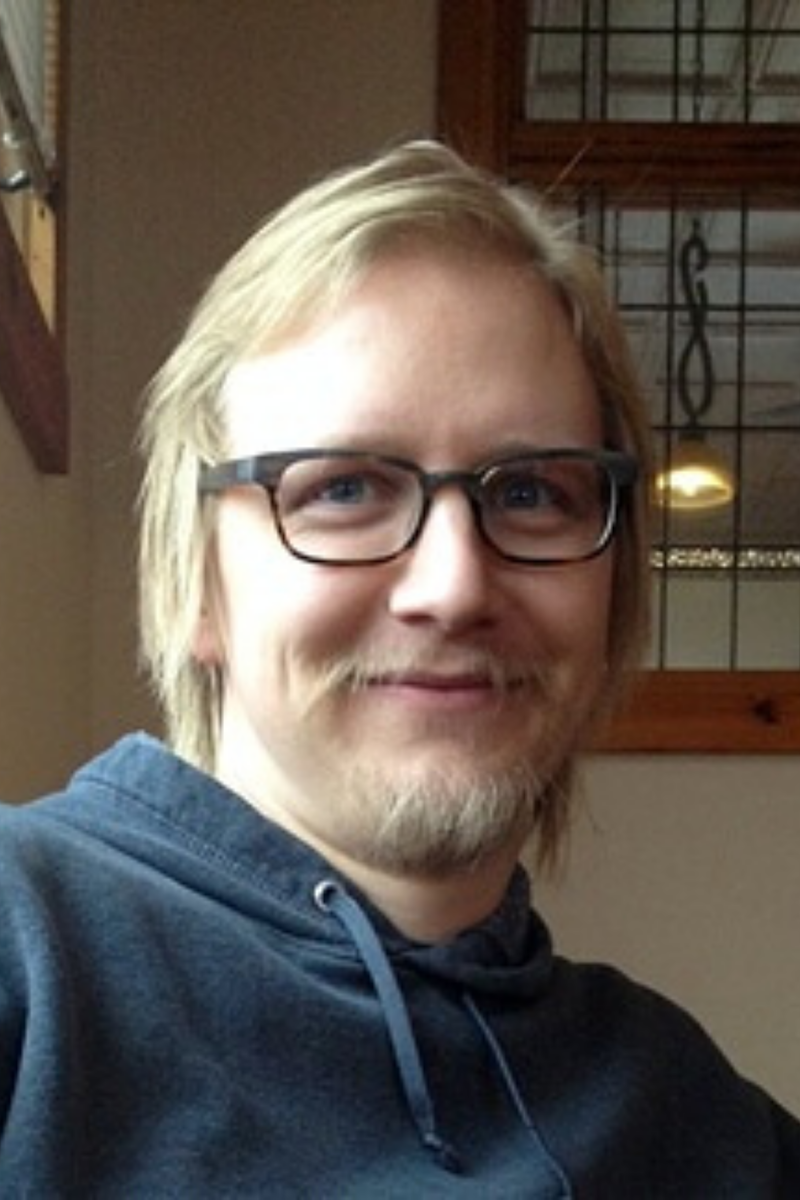
Matthew Slattery, PhD, Co-Chair
Associate Professor, Department of Biomedical Sciences
Advisory Panel
Jean Regal, PhD, Professor & Department Head, Department of Biomedical Sciences
Peter Nalin, MD, MBA, CPE, FAAFP, Professor & Department Head, Department of Family Medicine and Biobehavioral Health, Associate Dean for Rural Medicine
Kristen Jacklin, PhD, Professor, Medical Anthropology & Executive Director of the Memory Keepers Medical Discovery Team (MK-MDT)
Grant Anderson, PhD, Associate Professor & Department Head, Department of Pharmacy Practices and Pharmaceutical Sciences
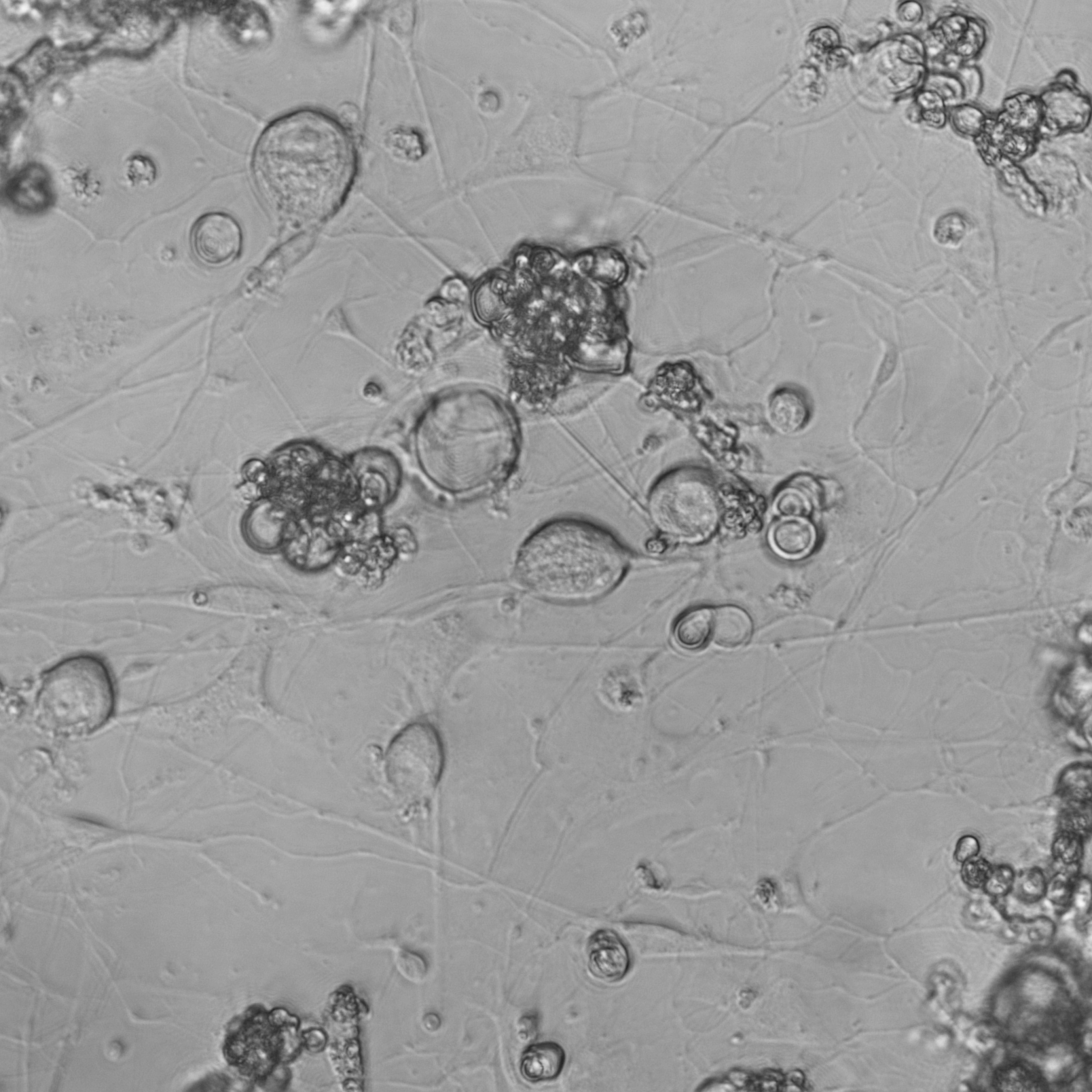
In the Klein Lab, they have cultured mouse neuronal cell lines. Pictured above is one of the mouse dorsal root ganglion cultures that is 48 hours post isolation.